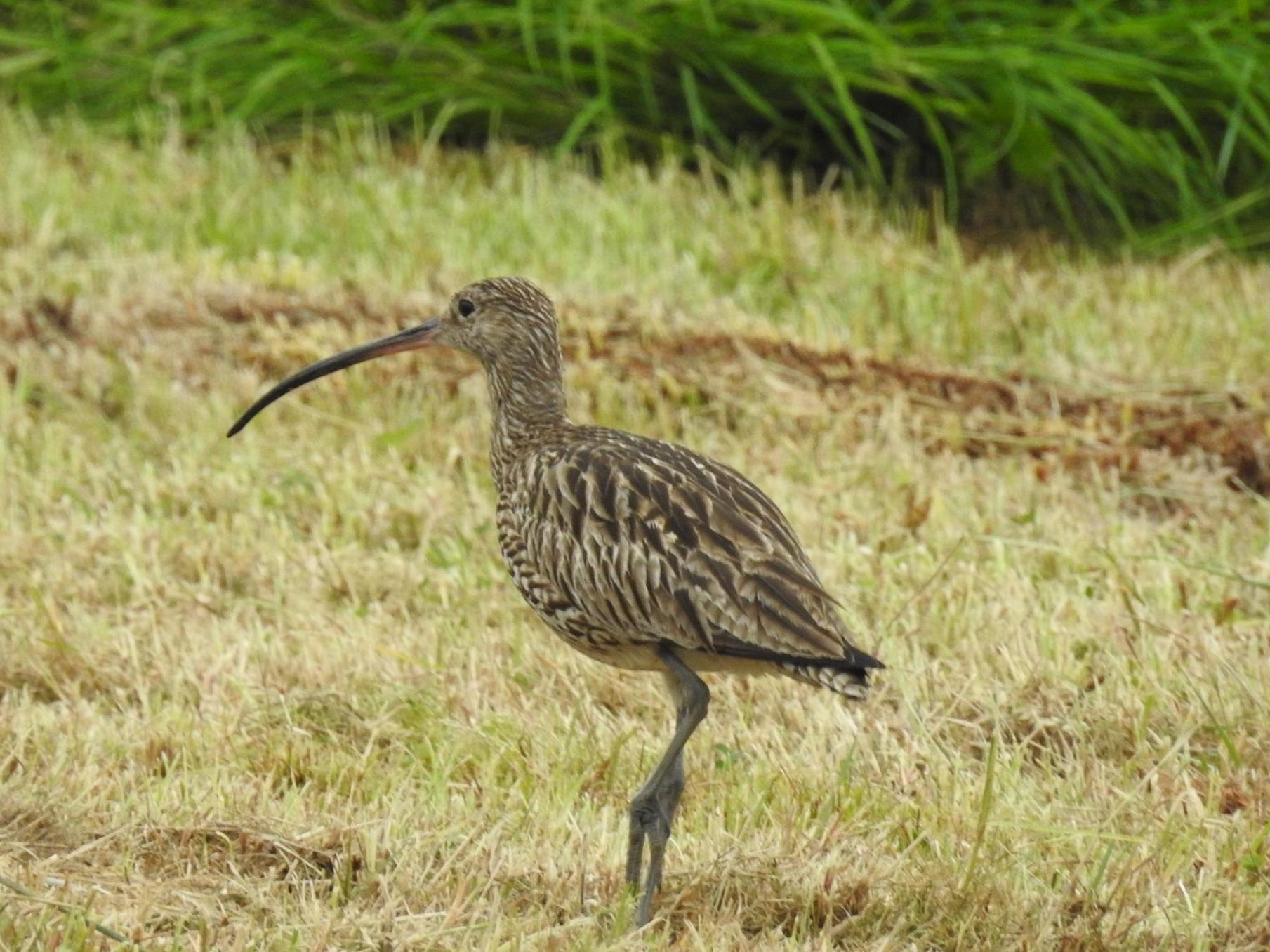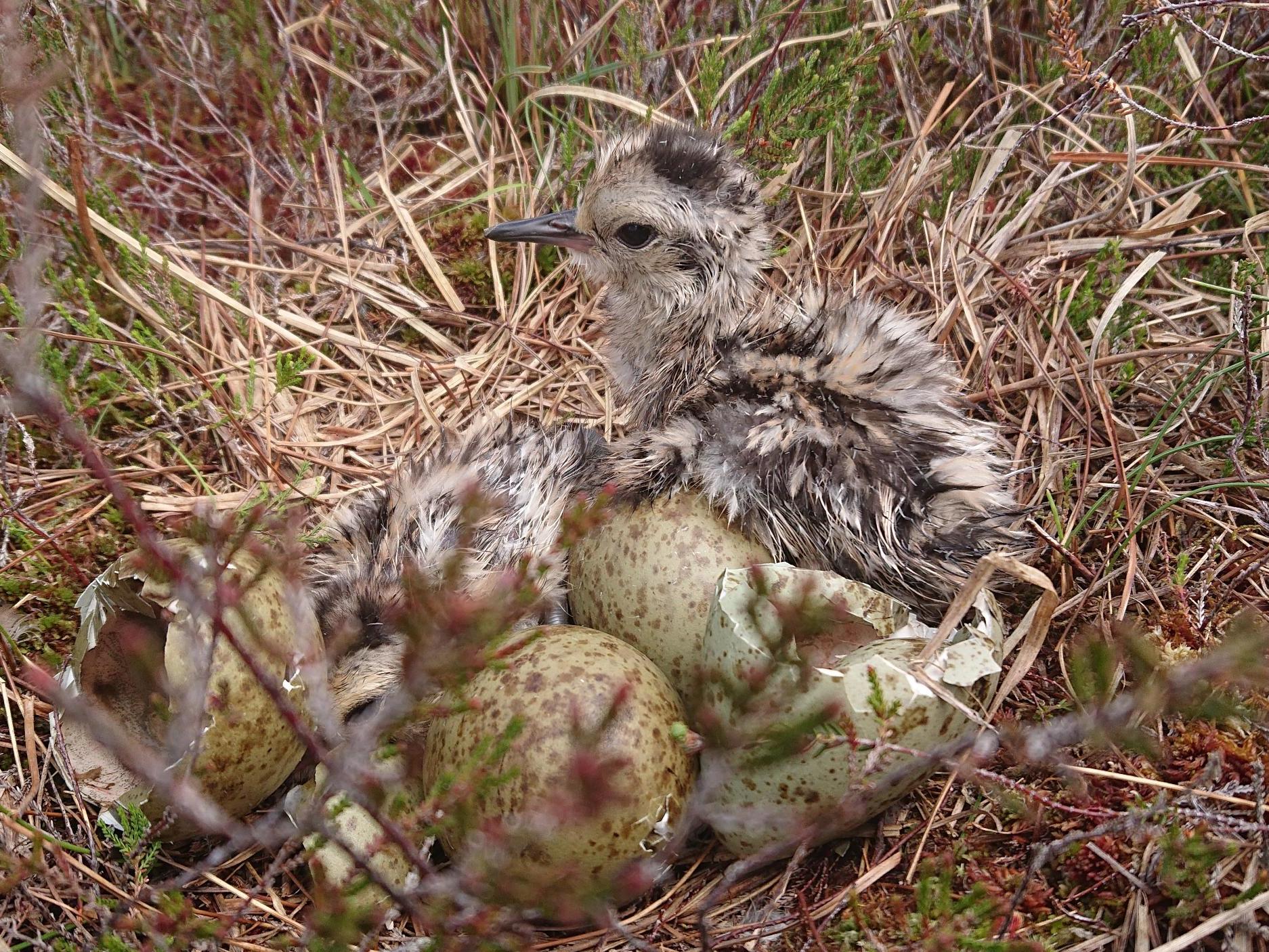British Isles populations of iconic curlew once hundreds of thousands strong ‘to vanish within a decade’
Exclusive: Birds once so common they were served up in pies now in danger of dying out completely in the UK and Ireland, threatening a global extinction of the species

Curlews could be erased from their heartlands across the British Isles within a decade because of intensive farming, which is destroying their wetland habitats.
The British Isles used to be home to hundreds of thousands of the large wading birds, named after their haunting “cur-lee” call, but could soon be left with just fractured remnants of populations in northern England and Scotland.
There are now only 300 breeding pairs in southern England, 400 in Wales and 500 in Northern Ireland, while figures in the Republic of Ireland have dropped to 138, according to the latest research published in Wader Study.
If these trends continue, Dr James Pearce-Higgins, from the British Trust for Ornithology (BTO), estimates that the birds could disappear from the British Isles entirely within the next 50-100 years.
“The populations are on a steady downward trajectory … On that basis, the future doesn’t look good,” he said.
In the Republic of Ireland the population has dropped by 96 per cent in 30 years. As recently as the 1980s, there were 12,000 pairs.
To put that into perspective, this decline is equivalent to the population of the Republic of Ireland dropping from 4.8 million to 200,000. This collapse has happened in just one generation.
Lead author of the new study, Dr Barry O’Donoghue, from the National Parks and Wildlife Service in Ireland, told The Independent: “If you talk to anybody’s grandparents they’ll tell you that curlews were in almost every farm in Ireland. They will tell you the memories the curlew call brings back for them of working in the bogs or in the meadows.
“In contrast, you talk to their grandchildren and they might not have even heard of a curlew, let alone heard its beautiful call. We’re losing part of our cultural heritage as much as our natural heritage.”

Historically, the birds lived across marshes, heathland and farmland. In 1942 they were still so common you could buy them from UK butchers, and in Cornwall they were served up in pies.
Now they are on the Red List as being the highest conservation priority. “In areas such as Ireland, Northern Ireland, southern England and Wales curlews could go extinct in 10 years or so,” said Daniel Brown, senior conservation advisor at RSPB.
“It’s a really special bird and has been synonymous with the hills and valleys across the UK for hundreds of years. Lots of people want to keep it in the landscape,” said Mr Brown.
There are eight species of curlew in the world, two of which are already believed to be extinct. The survival of curlews in the British Isles is critical to global survival of the species, as it is home to 25 per cent of the world’s breeding population.
However, there are still signs of hope. Conservationists are working with landowners and community groups on grassroots projects to improve habitats.
Conservation programmes involving academics and stakeholders are being created up and down the British Isles.
“Time will tell if it’s enough, but there’s definitely a real energy and determination for those involved. We don’t want to lose the bird that has sculpted our lives for generations,” said Dr O’Donoghue.
Join our commenting forum
Join thought-provoking conversations, follow other Independent readers and see their replies
Comments
Bookmark popover
Removed from bookmarks